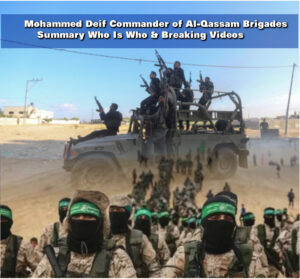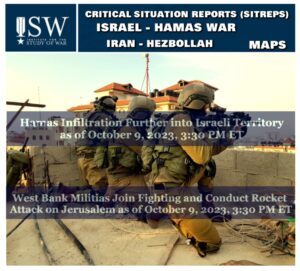Michael Knights is the Jill and Jay Bernstein Fellow of The Washington Institute, specializing in the military and security affairs of Iraq, Iran, and the Persian Gulf states. He is a co-founder of the Militia Spotlight platform, which offers in-depth analysis of developments related to the Iranian-backed militias in Iraq and Syria.
The differences and parallels between urban battlefield circumstances in Gaza, Iraq, and Syria give U.S. policymakers a sobering but clear view of what exactly they will be committing to in supporting Israel’s ground campaign.
Although the Gaza Strip comprises 140 square miles overall, its numerous semi-urban and lower-density areas mean that the urban battlefield can more accurately be thought of as a network of four to six smaller zones, the largest being Gaza City, which covers about 20 square miles, plus a number of 5 square mile zones (e.g., Khan Yunis, Rafah). This makes it somewhat smaller than the past Iraqi urban battlefields of East Mosul and West Mosul (about 30 square miles each) and nearly the same surface area as Raqqa, Syria, the former “capital” of the Islamic State (IS).


 Michael Knights
Michael Knights

